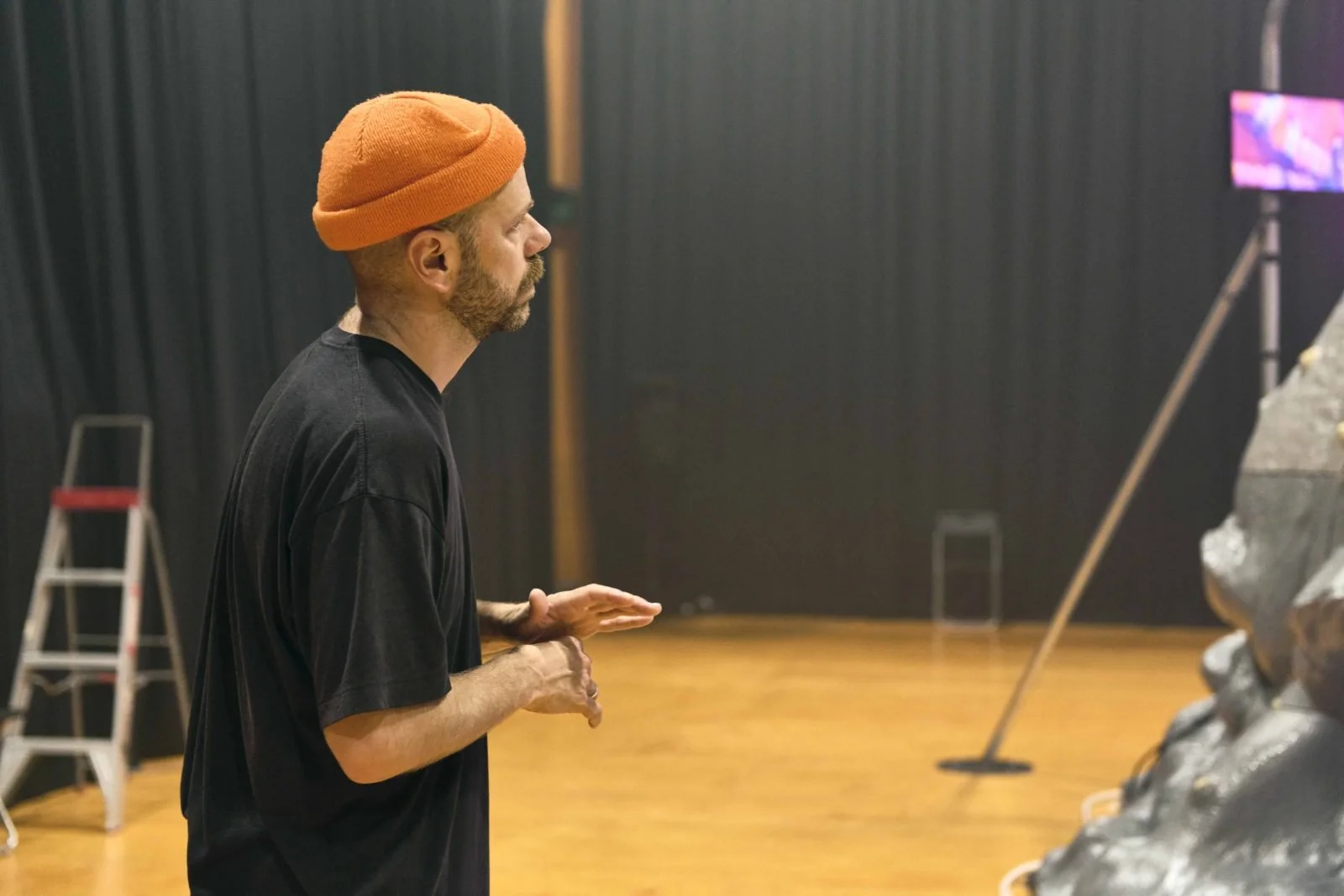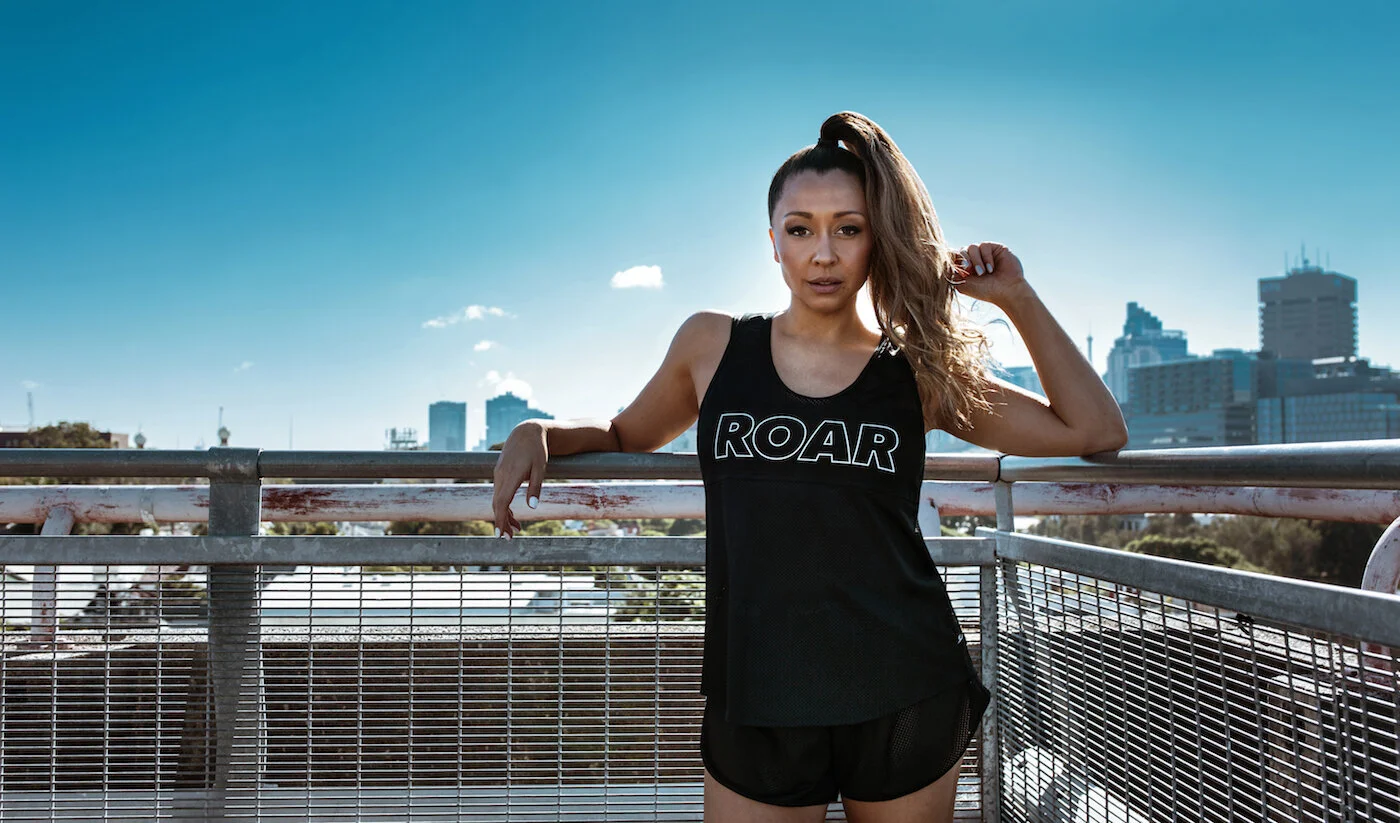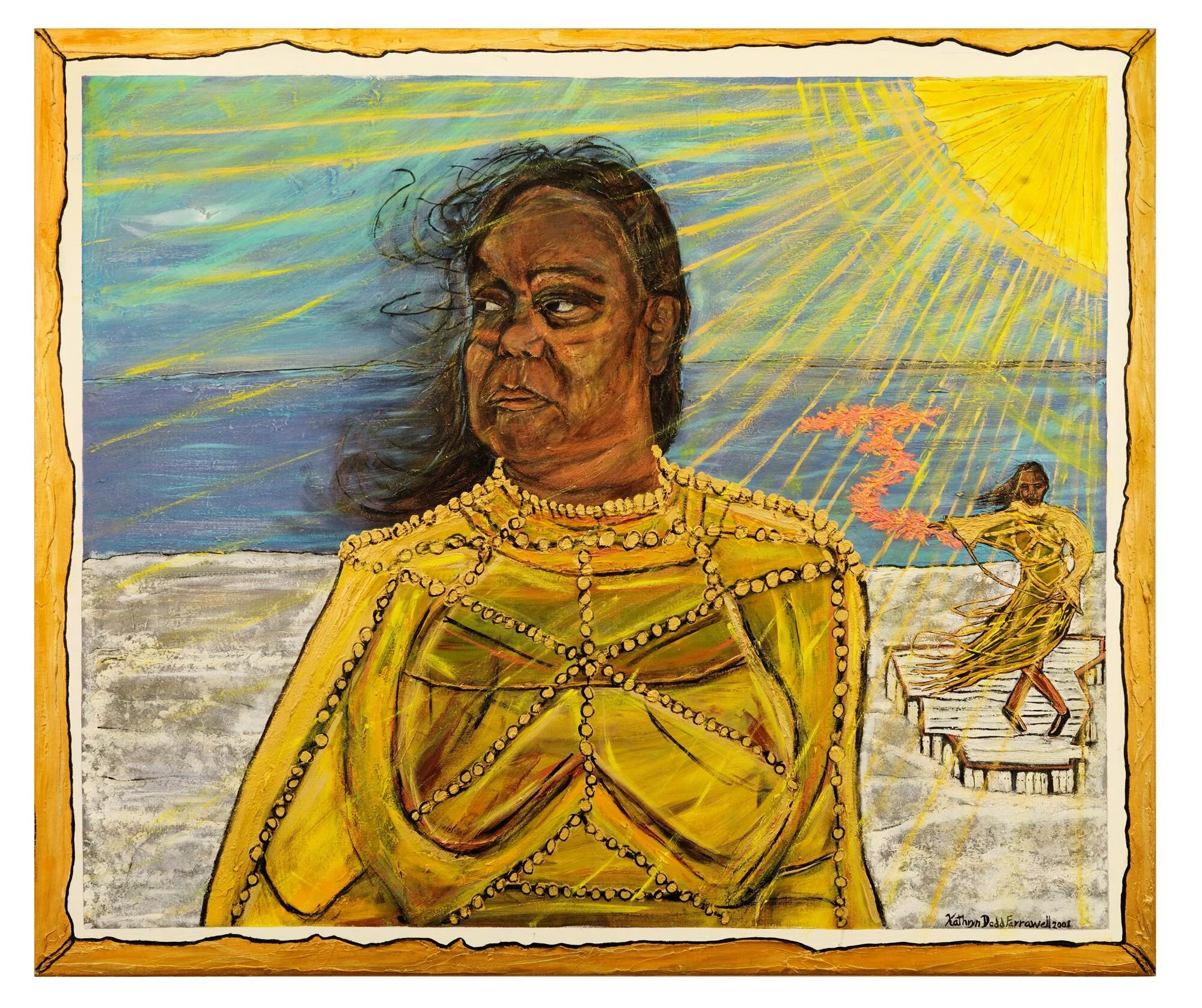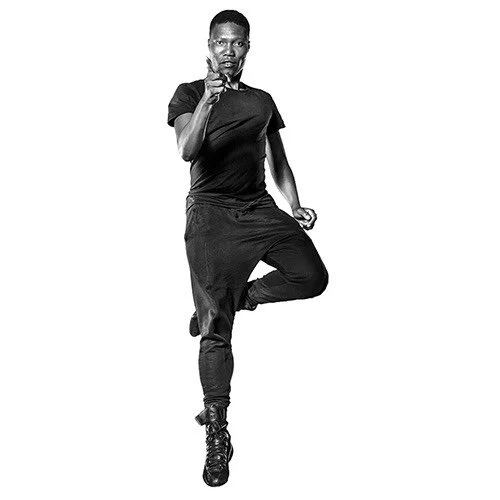Text by Emma Wilson
~ Notes from an independent choreographer based near Brisbane, Australia.
I would like to invite you, the reader, to set aside – for a moment – the idea that meaning arises out of discursive platforms and that these are indeed essential to the existence of any artwork or practice.
What if there were no written or spoken text about art and art making at all - on social media, books, publications, films, podcasts.
What if the only meaning, discussion, reflection generated by those who experience a work or process is through live encounter?
What if there were no festivals, programming, curation?
What would this mean for art, artists and audiences?
When I imagine this I feel a sense of nothingness, like death. A quiet and growing stillness, a deep listening, an expansive space widening. The cogs of capitalism driving the waves of consumption and production are ever so slowly winding down until the machine switches off. Altogether.
And I begin to wonder - in this moment of suspended reality - could art even exist as we know and experience it? What would it look like, feel like? What would there be, what would be left?
You might like to close your eyes to linger in your response for a moment before continuing.
To facilitate this primal forgetting, allow yourself any kind of response you need; shake, roar, exhale. Now that this space has been opened up, I would like to dwell on the possibility of dance not mattering at all.
This feels like a very real possibility when faced with continual arts budget shrinkages and the recent disappearance of the arts from government portfolio.
One might sway between despair and hope. One might think of giving up, exiting the arts, or alternatively turning to the economic language of our market-driven society to affirm the value of the arts.
However, what happens if we sit with this uncomfortable thought, with the possibility of dance not mattering? What hidden capacities, resiliences and adaptations does it draw out of our practice? What does it drive us to do?
The neoliberal market-driven society celebrates individual competitiveness and the class structure marks a division between those who control access to capital and the people who provide labour. This sets up an environment in which there are those who produce art, those who sell it (who have an agenda in bringing artistic product/practice to an audience) and those who consume art. Movement between these roles is fluid and often people will occupy all three territories simultaneously.
Within singular artistic practices (whether this be individual artists or collectives of artists) great vibrancies of agency, intellect and action can be found. However, institutions by the nature of their sheer size, function, scope and velocity, will always accrue greater capital than individual artists and thus always hold the position of ‘power to/power over’ and act as an aesthetic gatekeeper. This creates a dynamic in which the artist-institution relationship exists on a sliding power scale and is one of constant negotiation. The artist-brand who has accrued a higher level of value through the socially recognised and accumulated tokens including festival programming/commissions/grants etc has more possibility of gaining access to the resources needed to make work.
Institutions, due to their role of distributing resources and infrastructure, and ability to provide access to audiences and visibility, for artists, tend to define the parameters of artistic practice and artistic discourse. Discourse-making is a 24/7 machine that never stops. Without it, the art world, which runs on the currency of attention, would potentially collapse. The power to generate narratives about artworks, determine what is ‘culturally relevant’ and favour selected artworks/practices can be thought of as an appropriation of audience attention. In this equation visibility and framing equals the creation of value.
The crucial question is: Who creates the conditions in which an artwork makes an appearance and gathers value?
In most cases, the dance you have access to - to see, experience, to participate in, to make, to perform in, to think about – has been granted visibility by someone, other than the artists who made it. Instead of asking who are we inviting to have a place at the table, we could be asking what kinds of curatorial processes are we exploring, and are they porous and open enough to make space for artists to participate in the building of the table itself?
Leading feminist in the area of science and technology, Donna Haraway, asks what happens when conventional ideas and practices driving our society become unconducive to a finding better way forward for all planetary beings.1 In order to uncouple the laws of capitalism – namely competitive individualism and production/consumption – from the practices of making art, and use the tools and processes of artistic practice to prompt us as a society to think about co-operation based on a “broadly equal access to the material and social means necessary to live a flourishing life”,2 then we as artists need to look to other ways to organise ourselves and our work. Donna Haraway urges us to ‘stay with the trouble’ of navigating this unclear and uncertain path and suggests this will require us to make “odd kin; that is we require each other in unexpected collaborations and combinations, in hot compost piles. We become-with each other or not at all.”3 This takes us forward to the memory of how things can be different, to the understanding of dance as a community (a collection of individuals) co-existing momentarily together and participating in a collective exchange of attention.
I want to expand the idea of dance from the spectacle of physical labour involving a performer in front of an audience, to an act which makes visible the means of production and invites all involved to engage in critical dialogue. When dance artists gather in communities-of-practice4 they create an atmosphere of collective inquiry and exploration of techniques, methods, processes, ideas which have the potential to spill out more broadly to create a discourse about pressing social issues. Framing the practice of dance as the gathering of people who ask questions and research responses together through a shared currency of exchange of attention, time and energies is one strategy for finding solace and encouragement to ‘stay with the trouble’ of the possibility of dance not mattering at all.
To rebuild the world after this annihilation of a capitalist paradigm – keeping in mind philosopher Martin Heidegger’s discussion of the word ‘build’ as to nurture, preserve and care for5 – we need dancers more than ever, as they make visible the labour of our doing, of our being, of our participation, of our production, and our collectivity. In a society which is ever trying to outsource and erase all signs of effort and work, and which valorises the individual artist creator as the primary producer of artistic value, dance can, as a space of artistic experimentation, exploration, thinking and acting together, sharing and exchange, be a means of social critique and a place to imagine new ways of being present with each other and our planet. Dance may refer to the absent body, the android body, the digital body, the nonhuman, but it’s always anchored to the analogue human who sweats, stumbles, dreams, communes, makes errors and sleeps, and the body which dance is made for, which is never one of a robot, but one who breathes and thinks in time with their own mind, and finds meaning through relationships with others.
So how about we ask ‘What can dance do now?’ in order to shift the ways we think about value in the arts. Instead of valorising products (which we make as artists), we draw attention to the collective process of asking questions, exploring responses and forming interventions to disrupt and challenge the ‘laws’ of production and consumption, and individual competitiveness, imposed by our market-driven society. And while we’re at it, why not imagine that we are all together offering responses to that question, again, again and again as the invocation ‘now’ invites us to do.
I invite you, dear reader, along with your friends and colleagues, to come with me into the paddock to collect cow poo together, turn the compost and continue this inquiry and conversation together. It could be fun.
Footnotes:
Haraway, D. (2016) Staying with the Trouble. United States of America: Duke University Press.
Wright, E. O. (2019). How to Be an Anticapitalist in the Twenty-First Century. UK: Verso, p. 10
Haraway, D. (2016). Staying with the trouble : making kin in the Chthulucene. United States of America: Duke University Press, p. 4
Communities of Practice is a concept first proposed by cognitive anthropologist Jean Lave and educational theorist Etienne Wenger in their 1991 book ‘Situated Learning’ which provided a template for examining the learning that happens among practitioners in a social environment.
Krell, D. F. (Ed.). (2011) Martin Heidegger Basic Writings. UK: Routledge, p. 245










